- 04 Oct, 2023
- AI
- Chatbots
- By Musketeers Tech
Chatbot champions: Mastering AI Support
Welcome to Chatbot Champions, your go-to resource for mastering AI support and chatbot technology. Our mission is to equip businesses, customer support teams, and chatbot enthusiasts with valuable insights, strategies, and best practices to optimize chatbot performance and enhance customer experiences.
Benefits of AI support and chatbots
In today’s digital age, businesses are under increasing pressure to provide exceptional customer service while minimizing costs. Fortunately, AI support and chatbots have emerged as game-changing solutions to this challenge. By utilizing the latest advancements in artificial intelligence technology, chatbots are revolutionizing the way businesses handle customer interactions.
- Cost savings: Automate repetitive tasks, reducing the workload for human agents and lowering support costs.
- Faster response times: Provide instant assistance to customers, minimizing wait times and improving customer satisfaction.
- 24/7 availability: Offer round-the-clock support, ensuring customers receive help whenever they need it.
- Scalability: Handle a large volume of queries simultaneously, allowing businesses to grow without compromising support quality.
- Data-driven insights: Collect and analyze valuable customer data to improve support processes and inform business decisions.
Chatbot Basics
Understanding chatbots
- Definition and types: Chatbots are computer programs powered by artificial intelligence that is specifically designed to converse with users in a way that resembles human conversation.
- How chatbots work: Chatbots operate by analyzing user inputs, using advanced natural language processing (NLP) techniques to understand the user’s intent and context.
Chatbot platforms and tools
- Popular platforms: Numerous platforms are available to help developers build and deploy chatbots with ease. Some popular chatbot platforms include Dialog flow, Microsoft Bot Framework, and IBM Watson Assistant.
- Comparison and selection: When choosing a chatbot platform, consider the ease of use, integrations, scalability, customization, and cost.
Designing and Developing Chatbots
identifying customer needs
Developing a chatbot can be a game-changer for businesses looking to improve customer support and engagement. However, before embarking on this journey, it’s essential to identify the specific needs of your customers.
Designing the conversation flow
An effective chatbot requires a clear and logical conversation flow that can guide users, provide relevant information, and handle various scenarios seamlessly.
Natural language processing (NLP) techniques
Utilizing NLP techniques can significantly improve your chatbot’s understanding of user inputs and its ability to generate accurate responses.
Integrating external APIs
Integrating your chatbot with external systems via APIs can enhance its capabilities and streamline support processes, such as accessing customer data and providing more personalized support.
Creating a user-friendly interface
A visually appealing and intuitive interface is crucial for encouraging users to interact with your chatbot and simplifying their overall experience.
Enhancing Chatbot Interactions
Personalization
Personalization is critical for creating memorable and engaging chatbot experiences. By customizing interactions based on user preferences and behaviour, you can improve customer satisfaction and drive repeat usage of your chatbot.
Implementing user feedback loops
Incorporating mechanisms for collecting user feedback is essential to continually refine and improve your chatbot’s performance.
Proactive customer engagement
Proactively engaging users by initiating conversations when they need assistance or offering timely help can improve user satisfaction and increase the likelihood of successful interactions.
Handling complex queries and exceptions
While chatbots can address many user queries effectively, they may occasionally encounter complex or ambiguous questions that require human assistance.
Measuring Chatbot Performance
Measuring your chatbot’s performance and making data-driven improvements is crucial to maintain a high-quality user experience.
Key performance indicators (KPIs)
Track and analyze various KPIs to assess your chatbot’s effectiveness and identify areas for optimization.
Tools for analytics and monitoring
Gain insights into your chatbot’s performance and user behaviour by leveraging analytics and monitoring tools.
Ongoing improvement strategies
Continuously refine and enhance your chatbot by implementing ongoing improvement strategies.
Best Practices for Chatbot Integration
To maximize the effectiveness of your chatbot and ensure a seamless customer support experience, follow these best practices for chatbot integration.
Blending AI support with human agents
By integrating AI-powered chatbots and human agents, businesses can deliver more efficient and effective customer support.
Seamless handover between chatbot and human agents
Make sure that your chatbot and human agents work together seamlessly by setting up a clear transition process.
User onboarding and education
Educate users on how to interact with your chatbot and make the most of its capabilities.
Legal and ethical considerations
Address legal and ethical concerns related to chatbot usages, such as data privacy, security, and compliance.
The Future of AI Support
Let’s explore the rapidly evolving AI technology and its impact on the future of chatbots and AI-powered customer support.
Emerging trends and technologies
- Advanced natural language processing (NLP)
- Voice-enabled chatbots
- Emotional AI
- AI-powered personal assistants
Challenges and opportunities
- Data privacy and security
- Multilingual support
- Bridging the AI-human gap
Preparing for the next generation of chatbots
- Invest in AI research and development
- Embrace voice and emotional AI
- Foster a culture of innovation
- Collaborate with industry partners
Conclusion
As we conclude our exploration of chatbots and AI support, it’s essential to continue expanding your knowledge, experimenting with new techniques, and staying updated on the latest trends and developments in the field of chatbots and AI support.

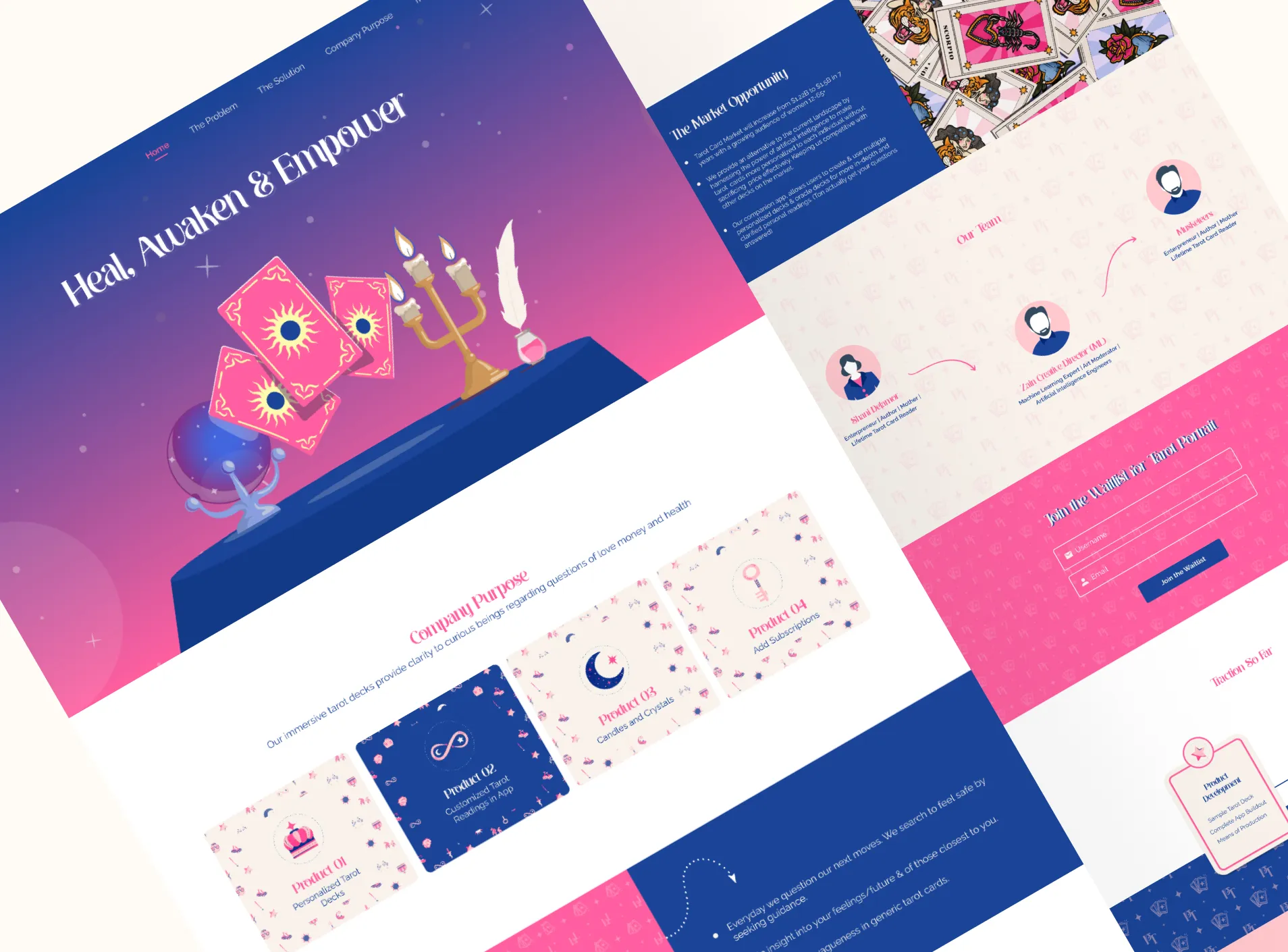
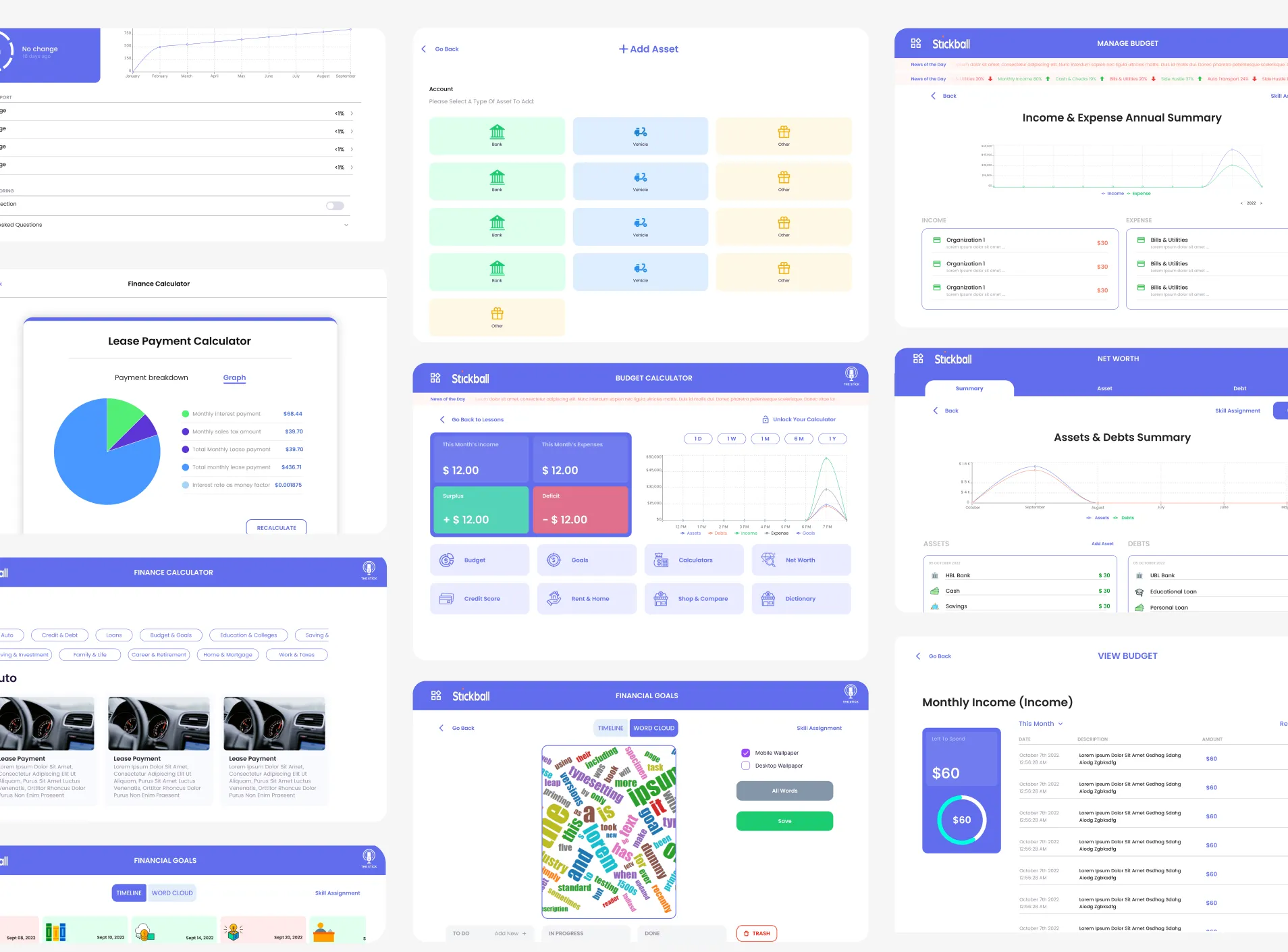

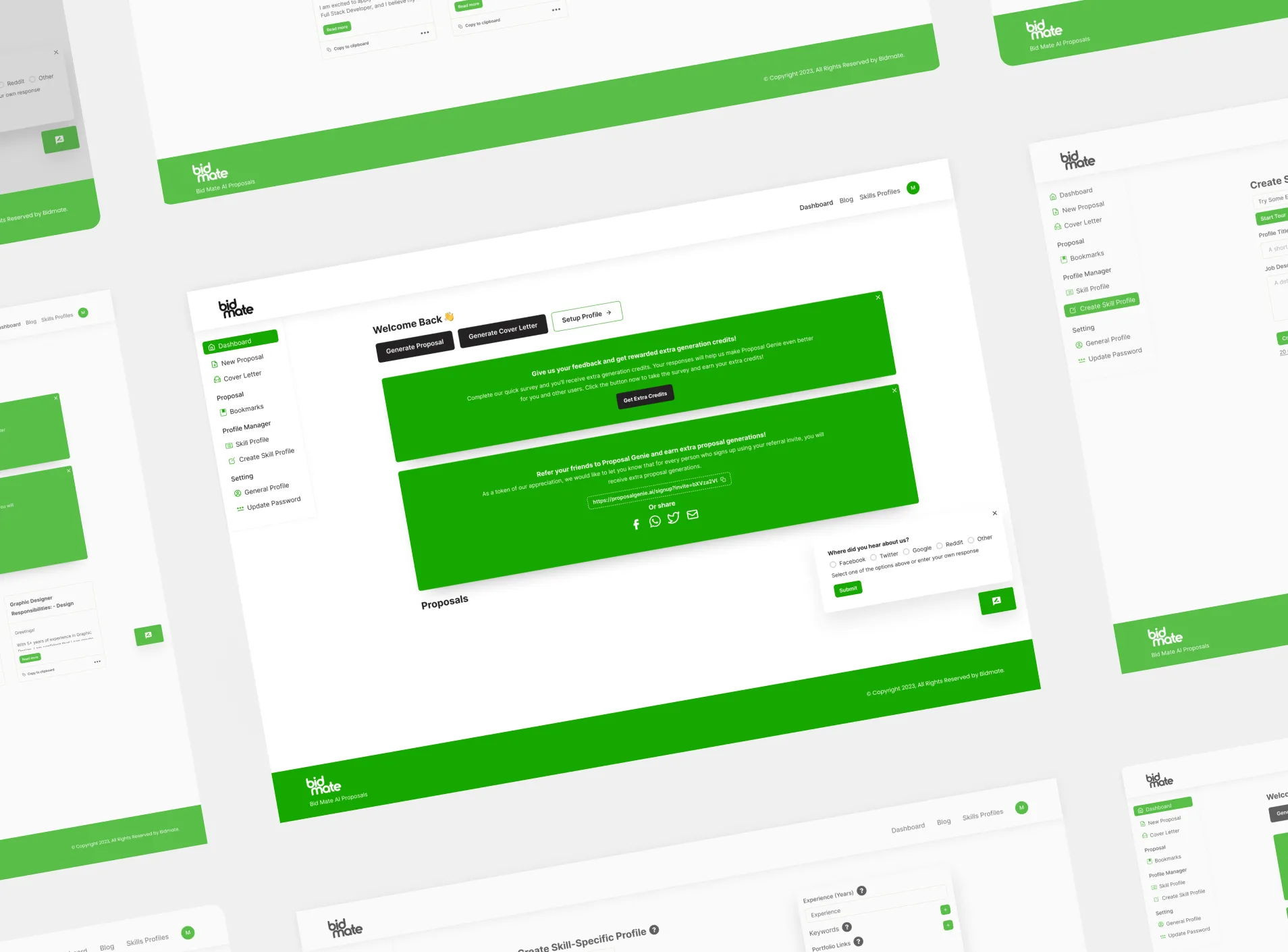
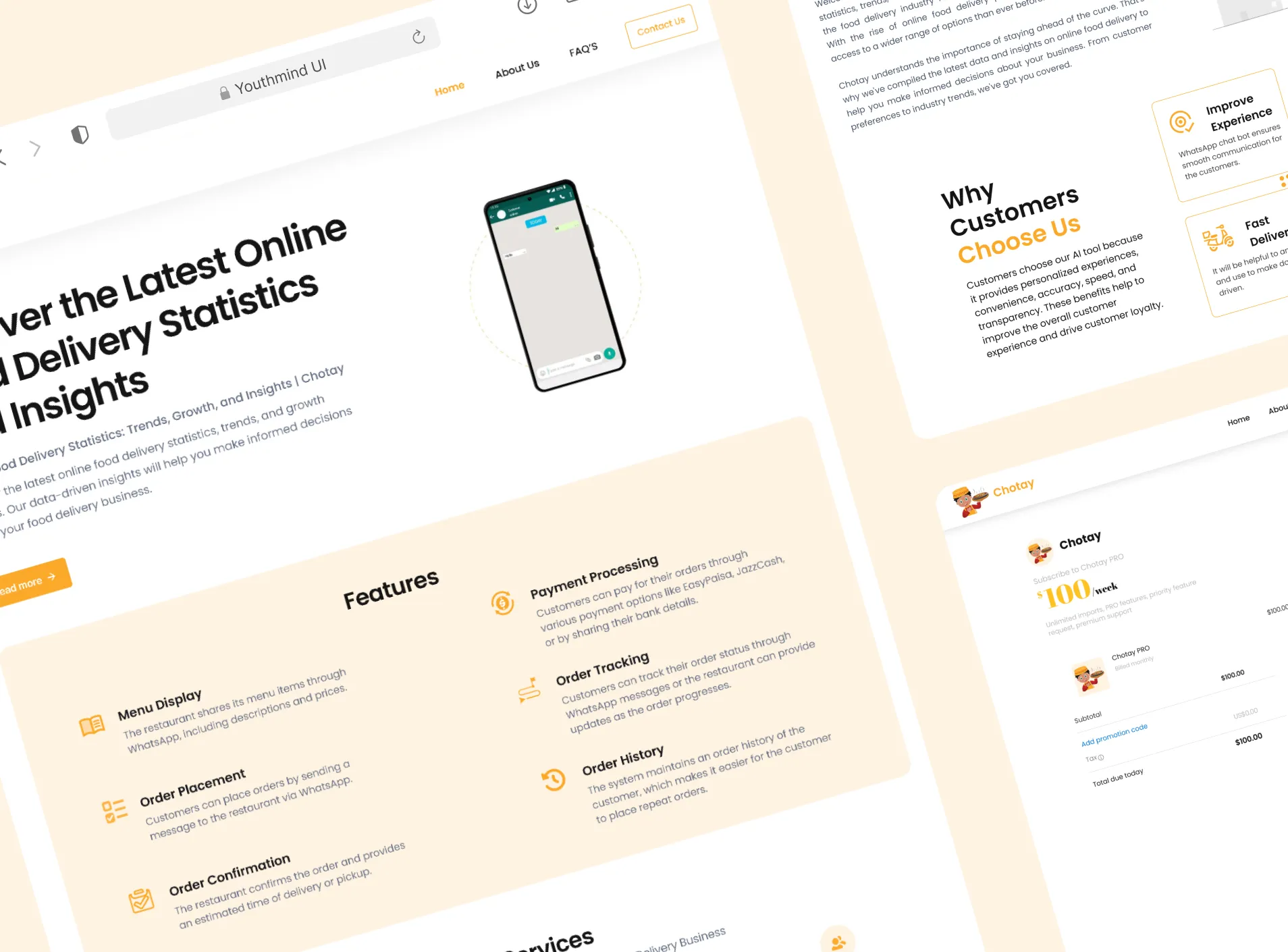
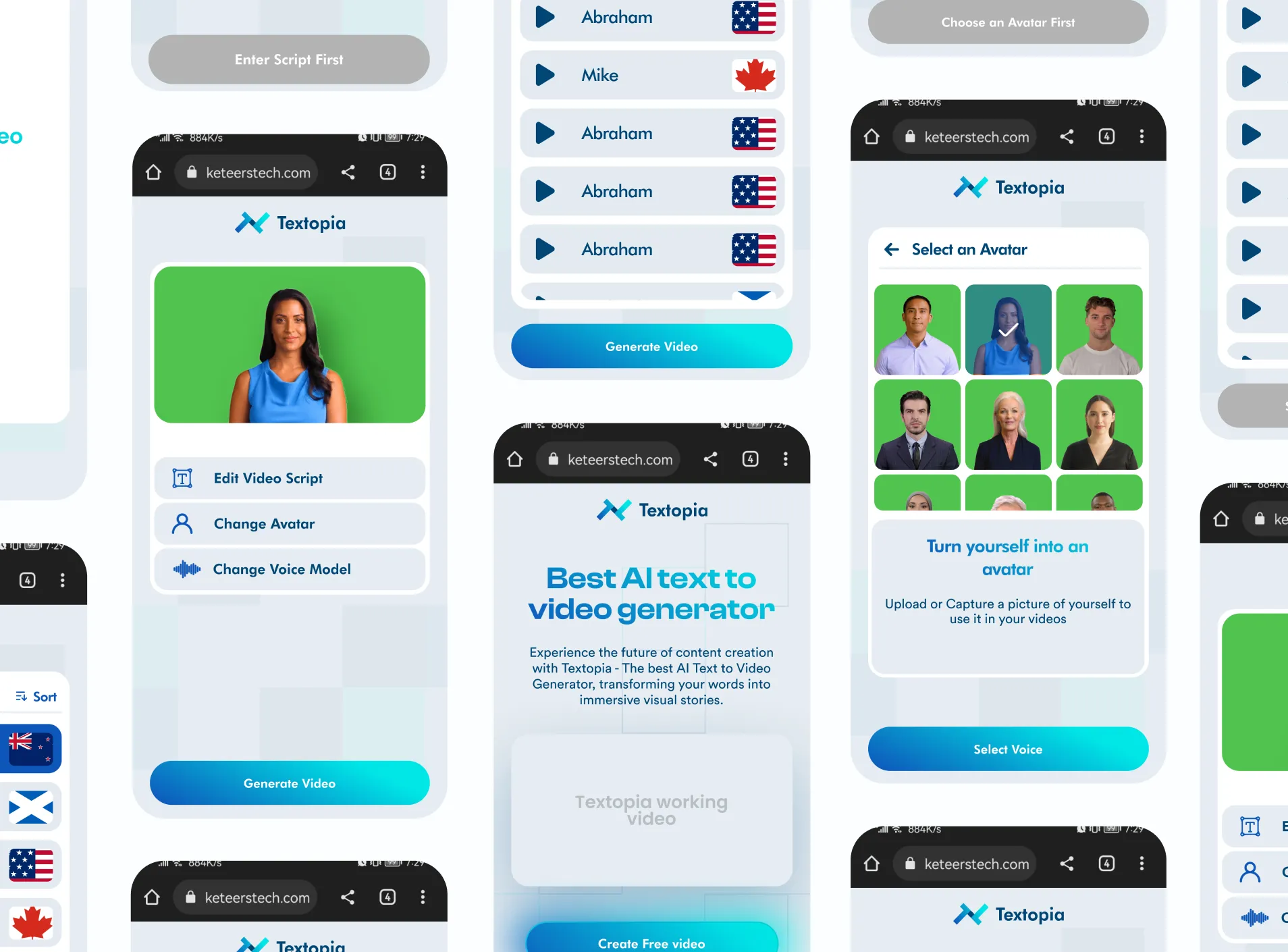


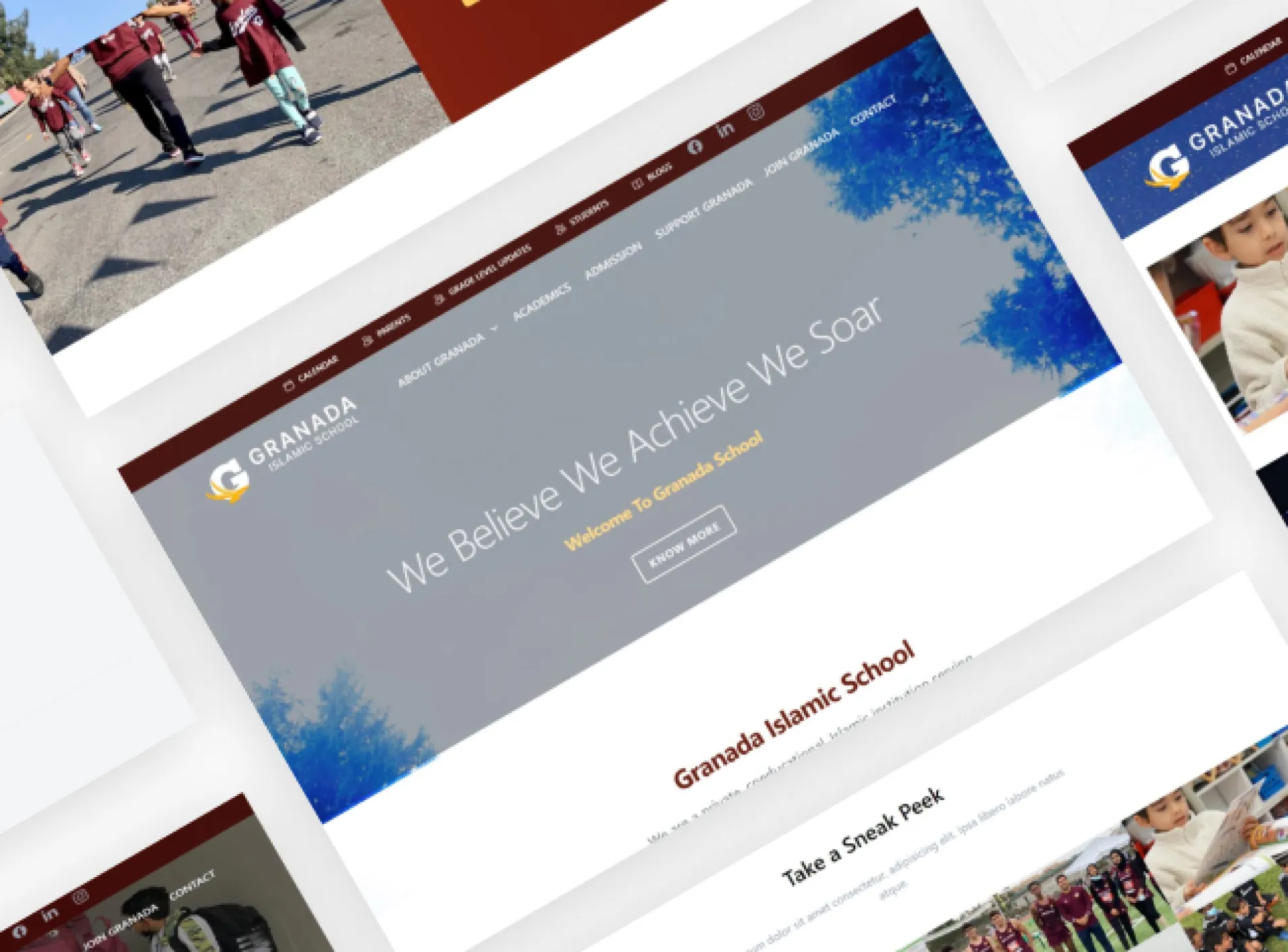



.BqrL9sgF_1jVnGp.webp)


